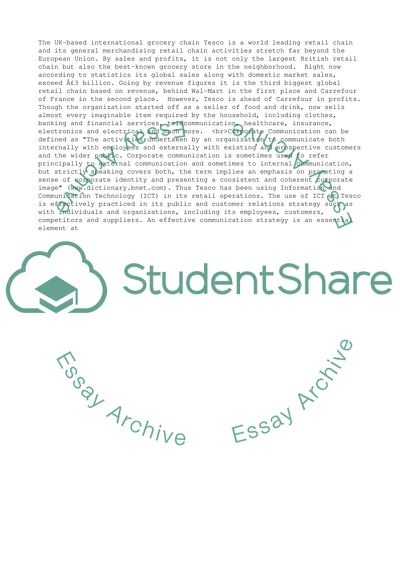Cite this document
(“Corporate Communications Case Study Example | Topics and Well Written Essays - 2750 words”, n.d.)
Corporate Communications Case Study Example | Topics and Well Written Essays - 2750 words. Retrieved from https://studentshare.org/business/1507796-corporate-communications
Corporate Communications Case Study Example | Topics and Well Written Essays - 2750 words. Retrieved from https://studentshare.org/business/1507796-corporate-communications
(Corporate Communications Case Study Example | Topics and Well Written Essays - 2750 Words)
Corporate Communications Case Study Example | Topics and Well Written Essays - 2750 Words. https://studentshare.org/business/1507796-corporate-communications.
Corporate Communications Case Study Example | Topics and Well Written Essays - 2750 Words. https://studentshare.org/business/1507796-corporate-communications.
“Corporate Communications Case Study Example | Topics and Well Written Essays - 2750 Words”, n.d. https://studentshare.org/business/1507796-corporate-communications.


